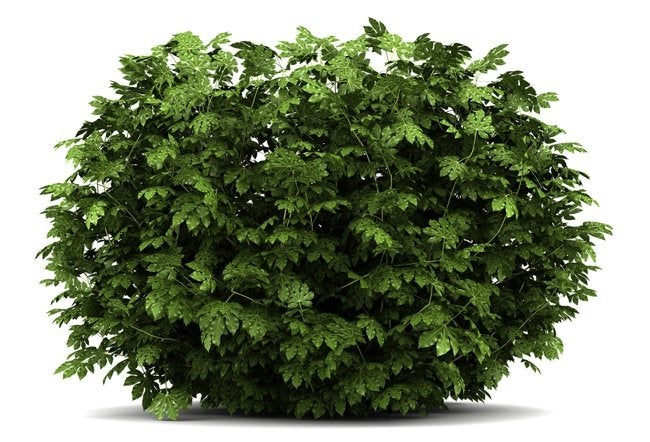TYPES OF PLANTS
TREE/ÁRBOL
If a plant has one big woody stem, called trunk, it is a tree. The branches on a tree grow high above the ground. Trees grow slowly. They are the tallest plants and live the longest.
SPANISH: Si una planta tiene un enorme tallo leñoso, llamado tronco, es un árbol. Las ramas del árbol crecen sobre el suelo. Los árboles crecen muy lentamente. Son las plantes más altas y las que viven más tiempo.
 |
| Tree |
BUSH/ARBUSTO
If a plant has a woody stem but not a trunk it is a bush. The branches on a bush grow near the ground. Bushes are shorter than trees.
SPANISH: Si una planta tiene un tallo leñoso pero no es un tronco, es un arbusto. Las ramas de un arbusto crecen cerca del suelo. Los arbustos son más bajos que los árboles.
 |
| Bush |
GRASS
If a plant has a flexible, green stem it is a grass. Grasses are usually short. Grasses grow quickly.
SPANISH: Si una planta tiene un tallo verde y flexible es una hierba. Las hierbas suelen ser cortas. Crecen muy rápido.
 |
| Grass |
We can also classify plants y their leaves.
SPANISH: también podemos clasificar las plantas por sus hojas.
EVERGREEN/HOJAS PERENNES
SPANISH: Las plantas de hoja perenne siempre tienen hojas porque las fabrican durante todo el año.
 |
| A pine tree is an evergreen tree. |
DECIDIOUS/HOJAS CADUCAS
Deciduous plants lose their leaves in autumn. New leaves grow in spring.
SPANISH: las plantas de hoja caudca pierden sus hojas en otoño. Nuevas hojas crecen en primavera.
OUTLINE/ESQUEMA
 |
| Evergreen and deciduous outline |
WORDLIST:
- Tree: árbol.
- Bush: arbusto.
- Grass: hierba.
- Evergreen: hoja perenne.





















